Graphics Reference
In-Depth Information
dope sheets, or the difference between shooting on ones or twos. I thought the entire process would take
two months, not two years, and never would have believed it would require one-hundred pairs of hands.
Fortunately, the crew was divided between seasoned visual effects veterans, and … the rest of us. This
isn't meant to suggest that we came at it as a bunch of blind amateurs, everyone involved was wildly
overqualifi ed in their respective fi elds, but we certainly were dilettantes reinventing the concept of playing
with our food. And we all learned from each other.
Film-making is always about happy accidents. In retrospect, the laborious trial and error we applied
to the early stages of production directly led to creating some of our more unique and meaningful
results. I've never been a fan of using technology for technology's sake, but I do like making complicated
processes seem transparent, and part of that fun is fi nding the perfect tools to tell any given story or
scene. We probably were the fi rst stop motion production to shoot entirely with digital still cameras
and output to 35 mm Cinemascope. At that time, 2002-2004, everyone experimenting with digital stills
seemed to fall into each other's company, so I met some incredible people whose work I had admired
since childhood.
I rejected conventions that might have made our process easier or faster; for example, I insisted that the
characters wear clothes … made of cloth woven fi ne enough that the fabric wouldn't look like a rattan
chair on the big screen (a pet peeve of mine). So we dressed our vegetables in silk, which looks beautiful
but fl utters to the touch and requires the most delicate hand to animate. We lost so many shots at fi rst
because the potato's robes kept wiggling out of control.
I foolishly assumed that characters with vegetables for heads would be easier to animate, especially
without eyes or lips to tweak from frame to frame. What I found out, however, was that we had to devote
a lot more attention to the nuances of any given gesture. I knew I was on the right track when
I brought my parents a few shots from the fi ght scene. One of the greatest compliments I received on the
fi lm came from my father, that night, when he said, 'You can really see what the broccoli is thinking'. It's
out of character for him to comment on subtleties like that.
The end result was always meant to feel as grand and cinematic as possible, complete with all the clichés
of the genre, and I think we achieved that. For everyone involved, it never once felt like we were simply
making a cartoon, rather, we were producing a legitimate Hollywood epic, only on a tiny scale … with
caulifl ower.


Search WWH ::

Custom Search